A dangerous heat wave peaking Monday, Aug. 25, will push afternoon highs into the 90s across much of the Pacific Northwest.
Seattle is expected to reach around 85 degrees, while Chehalis and Olympia could climb into the lower 90s. Quilcene may top out at 92, and Diablo is forecast to hit 95. Some locations could challenge daily records.
The National Weather Service warned that the heat will linger after dark, with overnight lows staying well above normal and “numerous” nighttime records likely to fall. Heat advisories and excessive heat warnings remain in effect through Tuesday, Aug. 26. The Portland office urged residents to “stay cool, hydrate & check on others.”
One of the biggest concerns, experts say, is that nighttime temperatures aren’t cooling. Warm nights can be just as dangerous as triple-digit daytime heat, because the body has little chance to recover from daytime exposure, according to the Weather Channel.
This increases the risk of heat-related illness for older adults, children, outdoor workers, and people with health conditions. Consecutive warm nights also strain hospitals and emergency responders, as heat stress builds up over multiple days without relief.
More: Washington scorched under 'extreme heat' warning. When will the heat wave end?
Should I open my windows at night to cool off?
Depending on humidity, leaving windows open can let in hot, moist air. This not only feels uncomfortable but can also be absorbed by carpets and furniture, increasing the risk of mildew.
With overnight temperatures dropping only about 10 degrees from daytime highs, opening windows may not provide relief — and could even release cooler air already trapped inside.
Which direction should my box fan face?
Window fans don't just create air flow. They also push hot air out and suck cool air in. Because of this dual function, the fan's most effective orientation will depend on which side of the house it is placed on.
Outward-facing window fans should go on the hottest side of your house to blow hot air out, according to the U.S. Department of Energy. Alternatively, inward-facing window fans work best on the coolest side of a home. Windows near shady, cooler outdoor areas are typically the best source of cool air.
Not sure which direction your box fan faces?
Most window fans do have arrows or markings on the housing showing the airflow direction (in or out). If not, you can also watch the blade tilt: the leading edge (the side that cuts the air first as it spins) points in the direction the air will move. Or, you can usually tell which way a fan is blowing by holding a piece of paper or tissue in front of it — if the paper is pulled toward the fan, it’s drawing air inward; if it’s pushed away, the fan is blowing air outward.
Should my window or box fan be upstairs or downstairs?
Heat naturally rises, which means the second story of a home is usually hotter than the ground floor. If you only have one window fan, it's best to install it upstairs and open windows downstairs.
If you have multiple box fans, the U.S. Department of Energy recommends putting them in each upstairs bedroom to pull air throughout the home.
Which way should your ceiling spin during summer or in a heat wave?
In August in Washington, when you’re trying to stay cool, your ceiling fans should be set to spin counterclockwise, which pushes air straight down, creating a wind-chill effect that makes the room feel cooler even if the temperature hasn’t changed.
The opposite — clockwise at a low speed — is used in the winter to circulate warm air.
When will temperatures cool down in Washington?
Much of Oregon will stay under a significant heat advisory — the highest level, 5 of 5 — through early Wednesday, Aug. 27, before conditions ease slightly, with highs dipping into the mid-70s to low-80s,
The Climate Prediction Center’s outlook shows well-above-normal temperatures across Washington through September, with above-normal warmth likely lingering into October and November.
For the foreseeable future, highs are expected to stay in the mid-80s, with overnight lows no cooler than the lower 60s. These temperatures are well above normal for Washington nights and pose a significant danger for those without air conditioning.
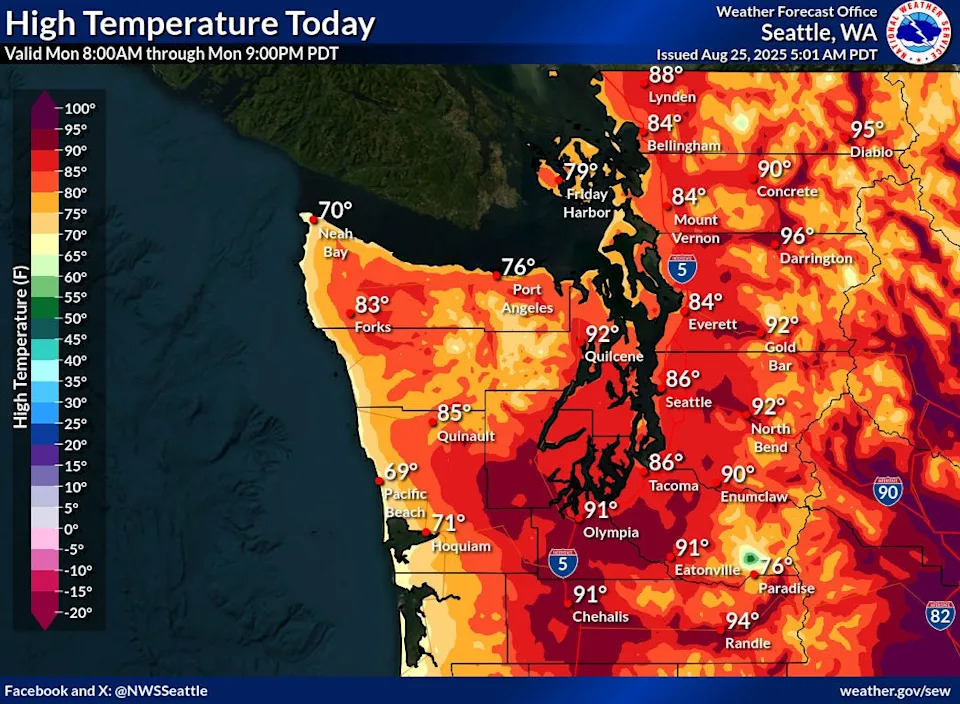
How else can you keep your home cool
To help stay cool, reduce energy usage and maximize energy efficiency during hot weather, DTE Energy offers these tips:
Cook meals with a microwave, crockpot or outdoor grill instead of in the oven, which adds extra heat into your home, especially in the afternoon when outdoor temperatures hit their peak. If you do have to cook in the kitchen, turn on your exhaust fan to move the hot air outside.
Close the blinds and curtains on sun-facing windows to block the sun's rays and avoid unwanted heat.
Postpone doing laundry, washing dishes or running the dishwasher until the evening when outdoor temperatures have cooled a bit.
Let your dishes air dry in the dishwasher instead of using the heated drying feature, which can leak heat into your kitchen, raising indoor temperatures and humidity levels.
Take quicker showers at a cooler temperature than normal. Steaming hot showers fill up your bathroom with hot humid air that can cause your AC to work harder to cool the room down.
Washington weather watches and warnings
Stay informed. Get weather alerts via text
Brandi D. Addison covers weather across the United States as the Weather Connect Reporter for the USA TODAY Network. She can be reached at [email protected].
This article originally appeared on Kitsap Sun: Heat wave grips Washington. Here's which way to face your fan

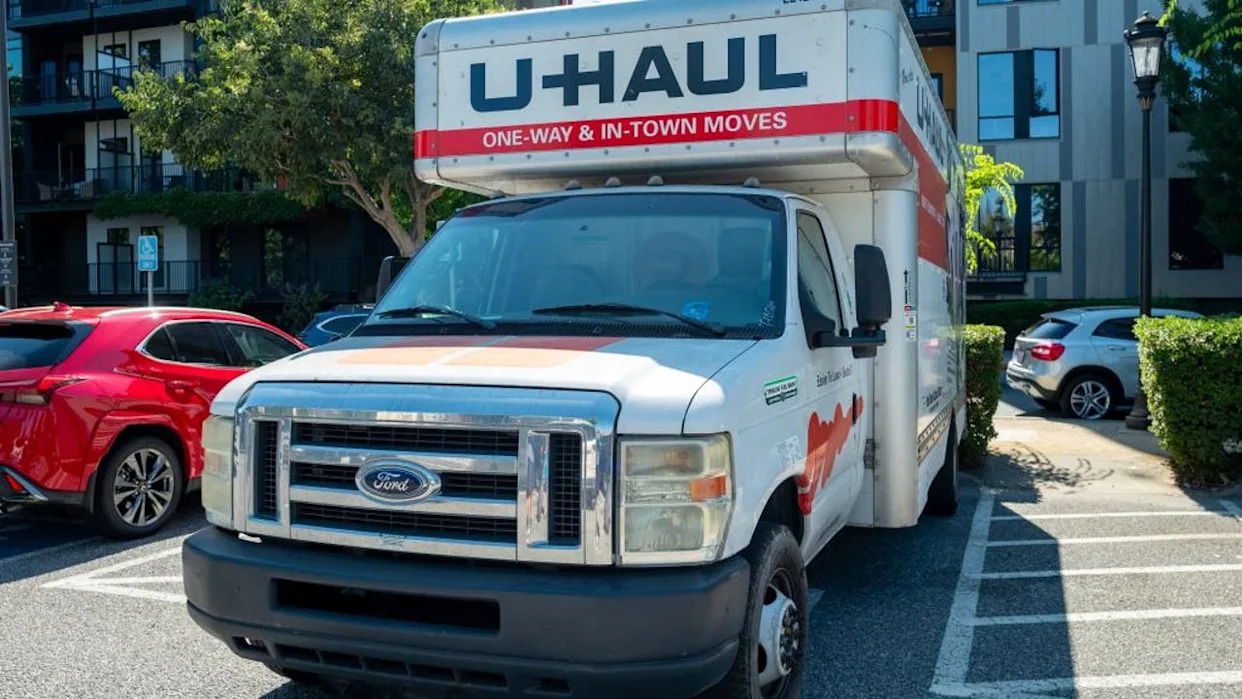
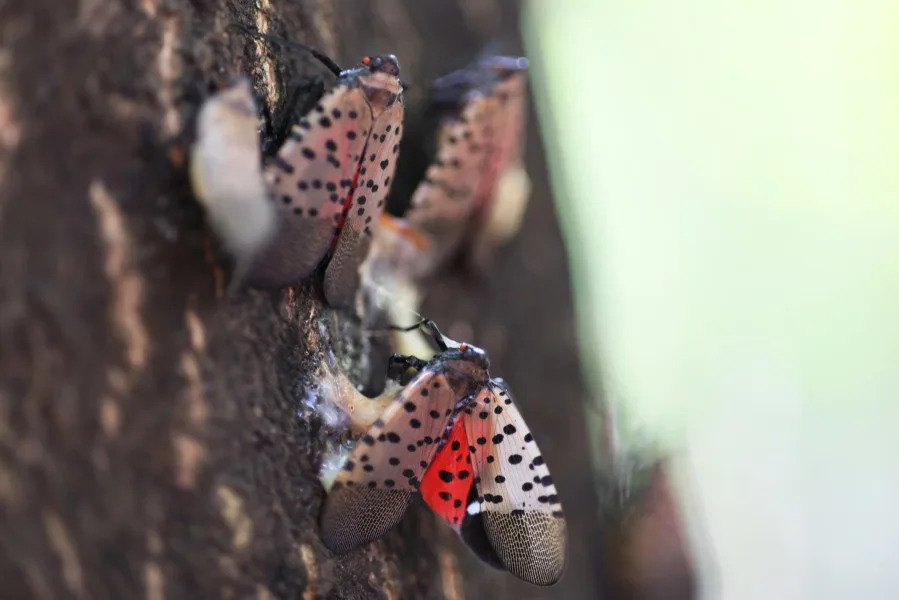
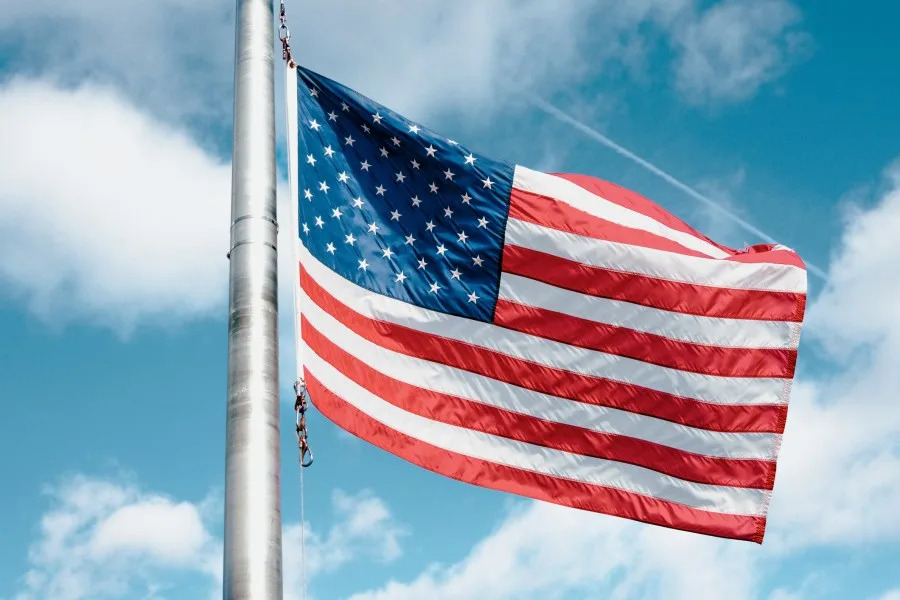
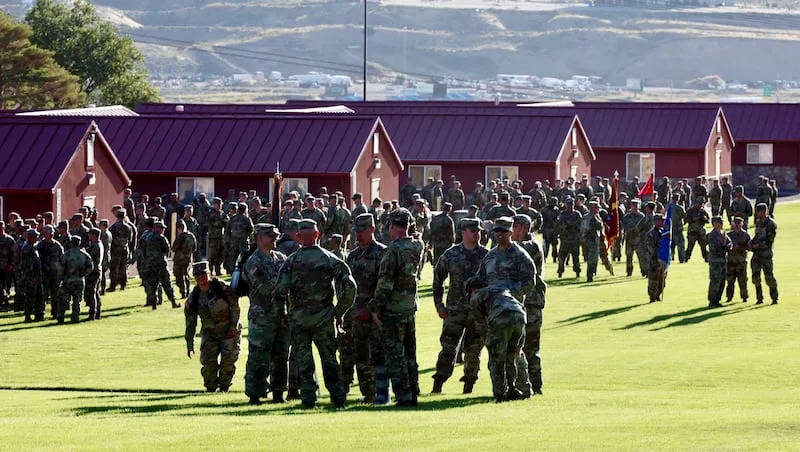
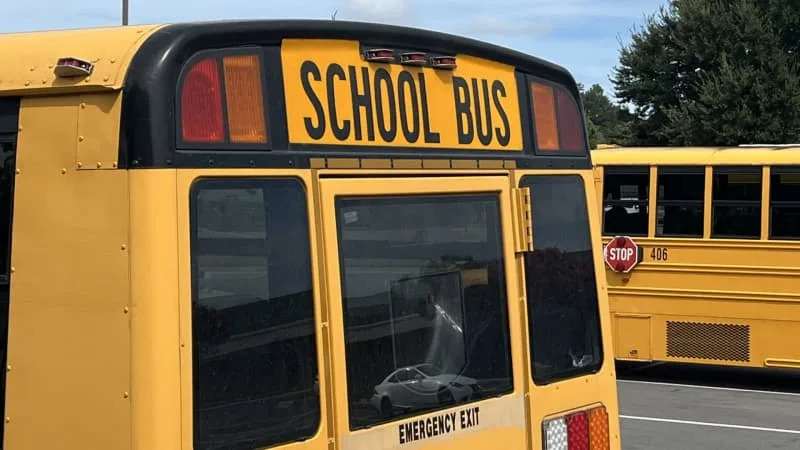
Comments